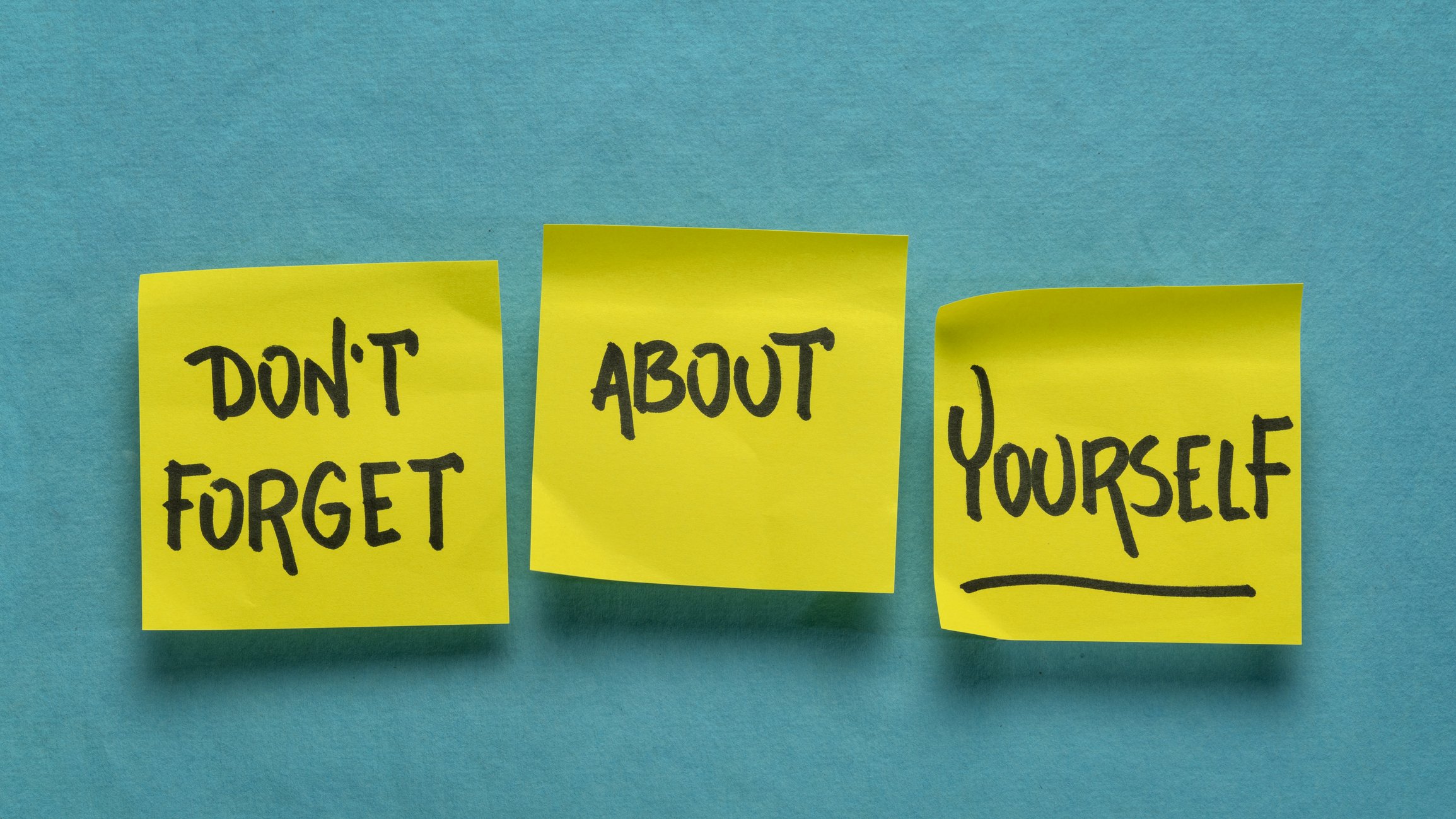It is well-established that migraine attacks can be triggered by hormone changes. If you’re navigating perimenopause and notice an increase in headache intensity or frequency – you’re not alone. Some women find that migraines worsen during this life phase, while some experience migraines for the first time as their hormone levels shift. While many women with migraines are diagnosed in their teens or 20s, roughly 8 to 13% don’t get diagnosed until they are in perimenopause because their symptoms – including headaches, nausea, and fatigue – become much more intense[i]
Hormones and Migraines: The Connection
It is not clearly known why hormonal shifts can cause an increase in migraines. Some research suggests that changes in estrogen levels make certain cells more excitable – which may make you more sensitive to migraine triggers[ii]. Estrogen doesn’t just impact reproductive health; it plays a vital role in managing pain by controlling key brain neurotransmitters. When levels drop, the brain becomes more susceptible to pain signals, which can make migraines feel more intense and frequent. Fluctuating estrogen can also increase a person’s mast cells – a type of immune cell that triggers inflammation in the brain and often increases headache pain.
Why Estrogen Dominance Matters
Most research is on the effect of low estrogen in menopause (defined as not having a menstrual bleed for a year), but clinically I find that women in perimenopause can be affected even more frequently due to estrogen dominance.
Estrogen dominance happens when estrogen levels are high compared to progesterone. In perimenopause, a decrease in progesterone levels is the most common hormonal shift, usually happening in late 30s or early 40s. This can lead to symptoms like heavier menstrual bleeding, anxiety, and insomnia. But remember – the estrogen levels have not increased, but there is an imbalance.
Your liver also plays a role here. Women are often not metabolizing and eliminating their estrogen efficiently through their liver pathways, which can lead to additional challenges with weight gain, irritability, body pain, and of course, more frequent migraines.
Testing Your Hormone Levels
The symptoms of hormonal imbalance can be very clear, but there is a valuable and objective tool we recommend: the DUTCH Test. Unlike a standard blood test, this advanced 24-hour urine test measures estrogen and progesterone levels over a full day and evaluates how well your liver is metabolizing estrogen. With the DUTCH Test, we can get an in-depth look at your hormonal landscape, helping us create a tailored approach to bring your body back to balance.
Relief is Possible
The good news? Estrogen dominance and its symptoms can be addressed with strategic diet and lifestyle changes and targeted supplementation. Nutrients from cruciferous vegetables (broccoli, cauliflower, brussels sprouts, cabbage, etc.) can support liver health and help balance estrogen levels. Pairing these with dietary tweaks can make a big difference in reducing migraine frequency and severity.
Once you have identified your hormonal imbalance and have a plan, women usually experience improvements within a few weeks. Migraines can significantly affect your quality of life, but with the right support, relief is within reach.
Yours in good health,
Dr. Darlene Reid, ND
[i] Pavlović JM. The impact of midlife on migraine in women: summary of current views. Womens Midlife Health. 2020 Oct 6;6:11. doi: 10.1186/s40695-020-00059-8. PMID: 33042563; PMCID: PMC7542111.
[ii] Reddy N, Desai MN, Schoenbrunner A, Schneeberger S, Janis JE. The complex relationship between estrogen and migraines: a scoping review. Syst Rev. 2021 Mar 10;10(1):72. doi: 10.1186/s13643-021-01618-4. PMID: 33691790; PMCID: PMC7948327.










